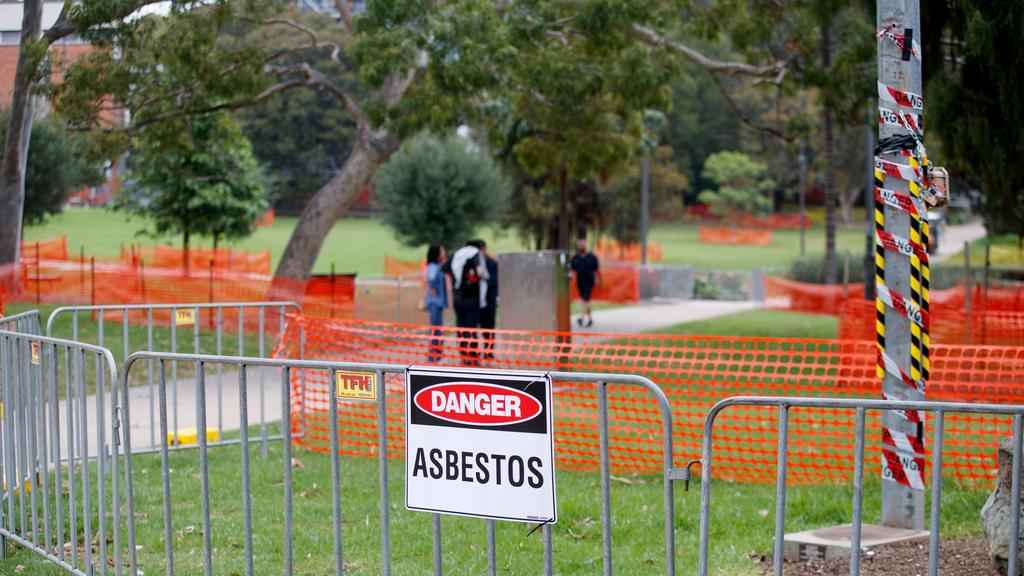In light of recent developments highlighting environmental breaches within the construction industry, the New South Wales Environment Protection Authority (EPA) has reiterated the importance of responsible site management by initiating their latest ‘Get The Site Right’ campaign for the month of May 2024.
Now in its eighth year, ‘Get the Site Right’ is a joint taskforce between the Cooks River Alliance, Georges Riverkeeper, NSW Dept of Planning, Housing and Infrastructure (DPHI), NSW Environment Protection Authority (EPA), Parramatta River Catchment Group, Sydney Coastal Councils Group, Water NSW, and councils across NSW.1
The focus of the campaign this year is to emphasise the importance of adopting robust site control and waste management measures to prevent sediment and pollutants from compromising our state waterways.
NSW EPA Director of Operations, Adam Gilligan spoke on the matter recently stating; “builders and developers have a duty to ensure their sites have the proper controls in place to prevent pollution incidents.”
Failing to put these protections in place can attract on-the-spot fines for individuals of $15,000 for the first offence and $22,500 for a second offence, and for companies $30,000 for the first offence and $45,000 for a second offence if water pollution occurs under the Protection of the Environment Operations Act 1997.
From an insurance perspective, it’s essential to highlight the ramifications of environmental exposures such as these and the importance of embracing sustainable construction practices particularly given the increased attention on the construction industry by the EPA in NSW but through the ever-evolving regulatory landscape across the country.
This not only reduces the risk of potential fines/penalties and/or litigation actions against companies found to be in breach of relevant legislation, but also helps provide protection against the wide range of unforeseen exposures that can arise within a construction project depending on its nature and complexity.
Whereby a standard General Liability insurance Policy would often exclude loss caused by pollution and environmental damage, or if it provides any cover at all, it is often limited to third-party claims for ‘off-site’ damage to third-party property and/or injury/bodily harm caused by ‘sudden and accidental’ escape of pollution. This may not cover, for example2:
- the costs of complying with a clean-up order by a regulator
- on-site damage to your own property
- environmental clean-up of other peoples properties
- decontamination of your property following a fire, flood or storm
- damage caused by contaminated run-off or escape following an on-site fire
- loss or damage associated with gradual pollution events, such as groundwater contamination caused by pipeline leakage or underground storage tanks
- cost of collection, transport, treatment or disposal of contaminated fire water
An Environmental Liability insurance Policy in contrast, can provide the following key benefits (subject to the particular insurers own wording/underlying policy terms and conditions)3:
- Cover for both sudden/accidental and/or gradual pollution events, including cover for third party bodily injury and property damage arising from such gradual pollution
- First party cover for the business, which doesn’t involve a claim by a third party for damages, for example;
- complying with notices and orders made by the appropriate regulatory authority, such as clean-up notices
- on-site monitoring, removing, neutralising or cleaning up pollution
- site contamination assessments
- Costs associated with damage to natural resources, including destruction, injury or alteration of; land, flora and fauna, air, water, groundwater or drinking water.
- Emergency costs i.e. reasonable and necessary clean-up costs incurred by the insured or government agencies in an emergency, where a delay in response would exacerbate the damage caused or increase the costs of responding to a future claim.
Particularly given the increased focus being applied on the industry by regulatory bodies such as the EPA and state based-campaigns such as ‘Get The Site Right’, we are encouraging our network to prioritize environmental responsibility and recognize the pivotal role that Environmental Liability insurance plays in mitigating the vastly intricate range of related risks and exposures.
By integrating proactive environmental risk management strategies and leveraging tailored insurance solutions, we can navigate the complexities of environmental exposures with confidence.
Please reach out to our team should you wish to discuss the above further.
References
2/3 https://www.epa.nsw.gov.au/licensing-and-regulation/licensing/environment-protection-licences/guide-to-licensing/environmental-pollution-insurance




